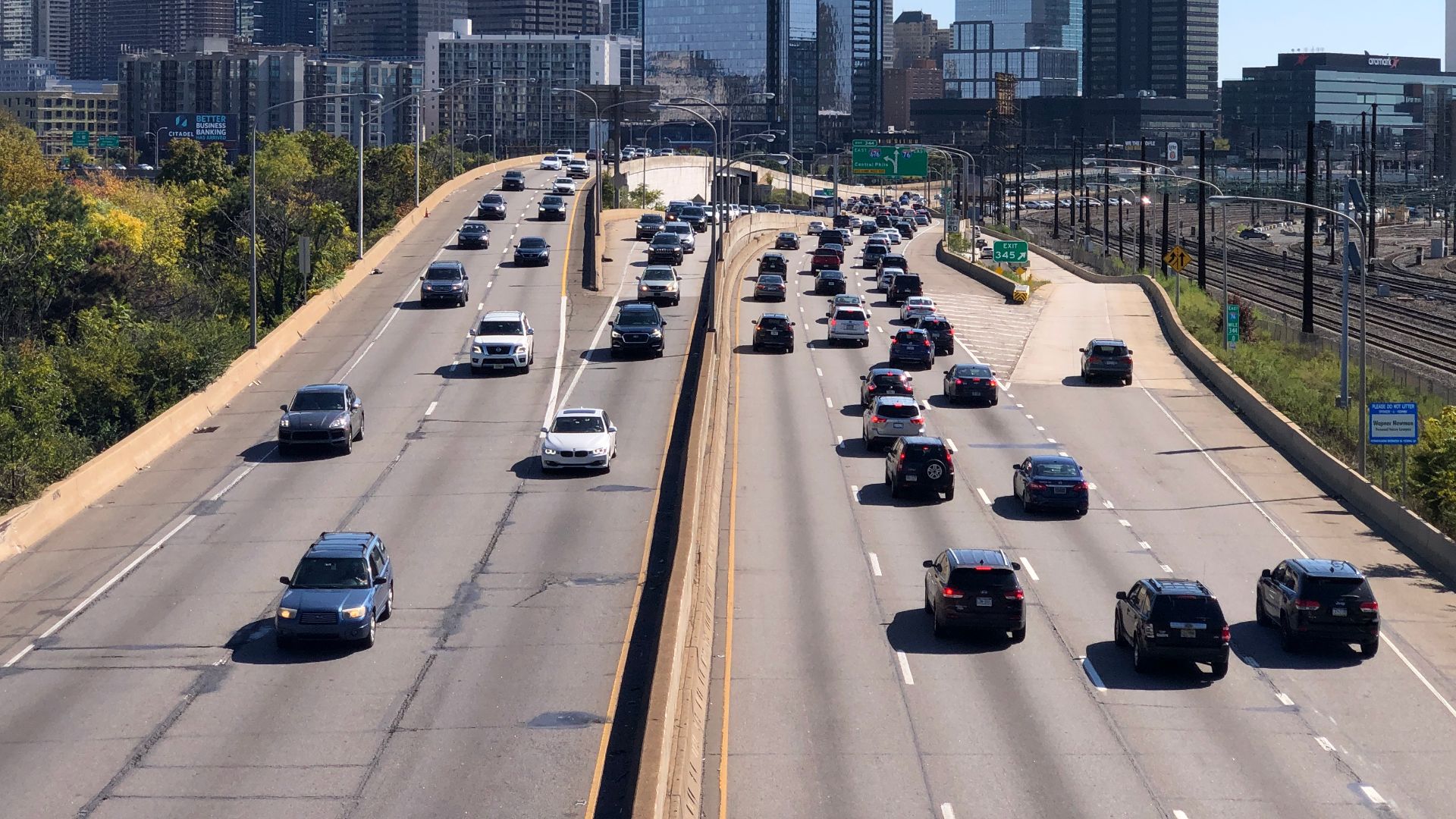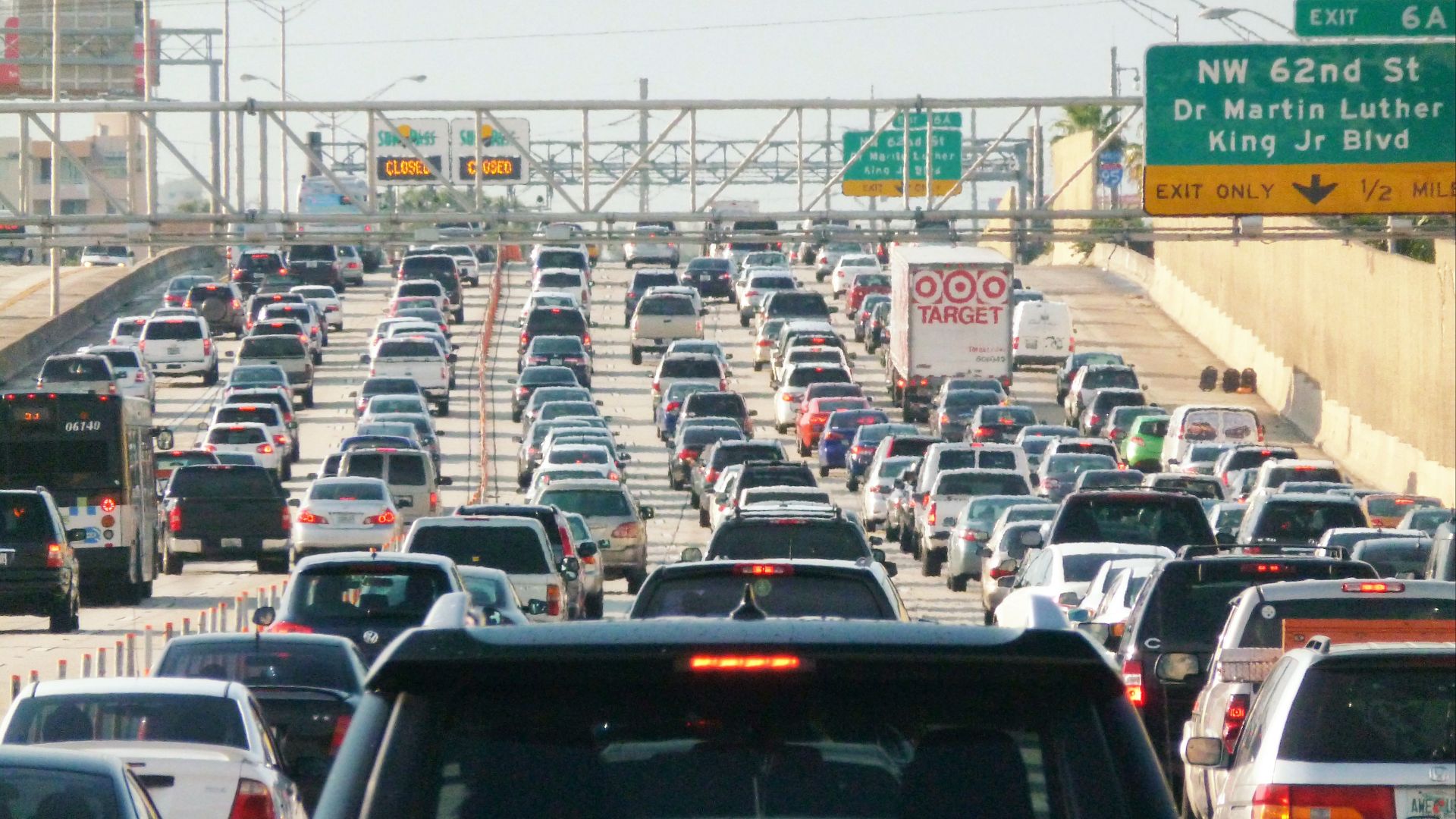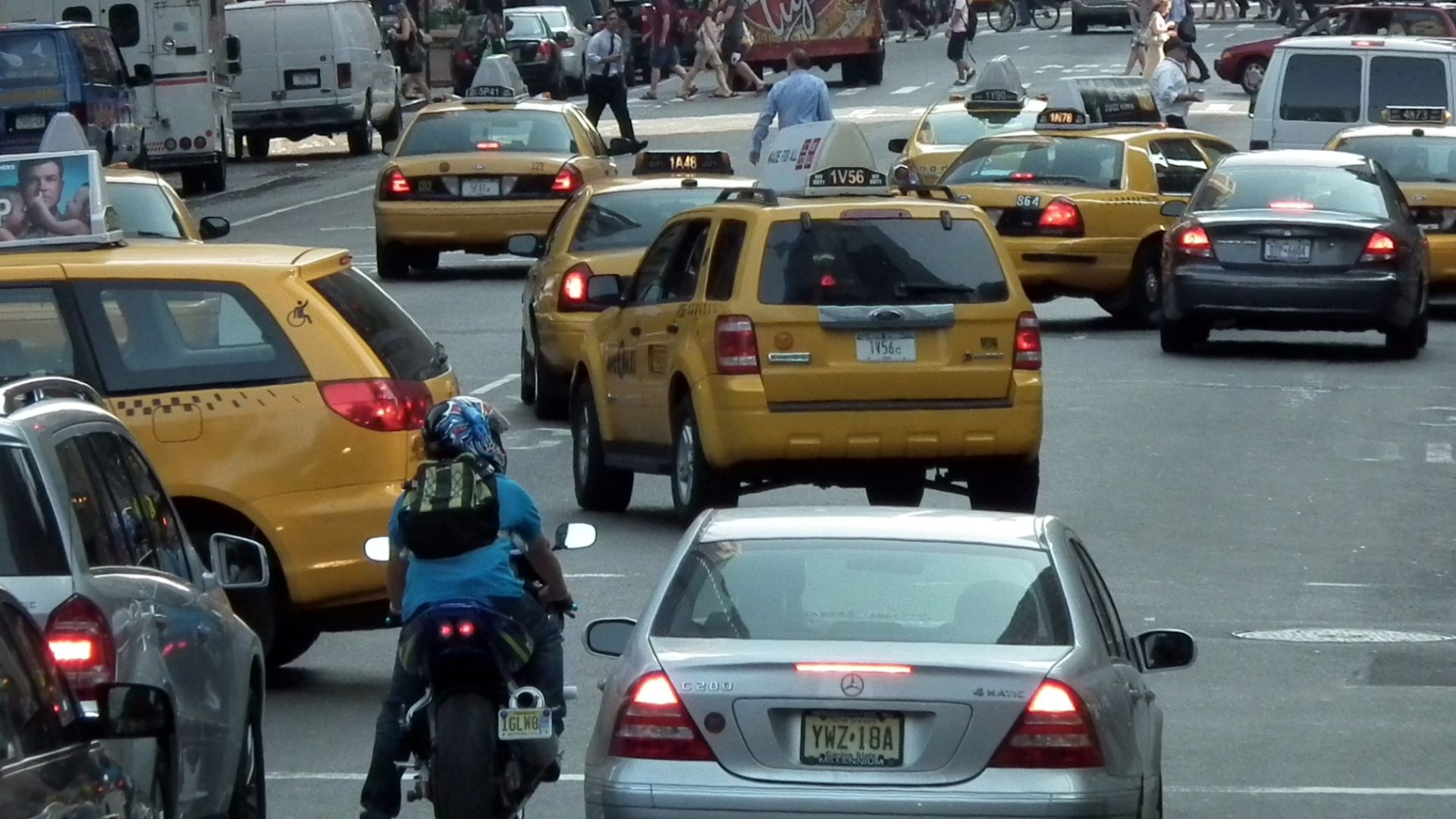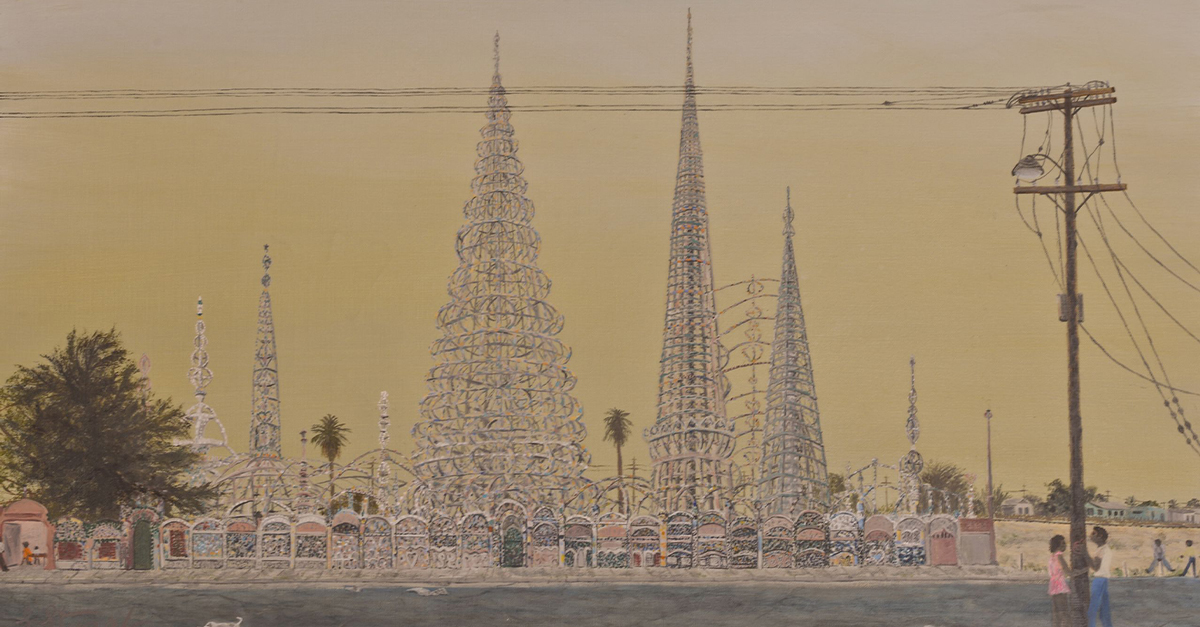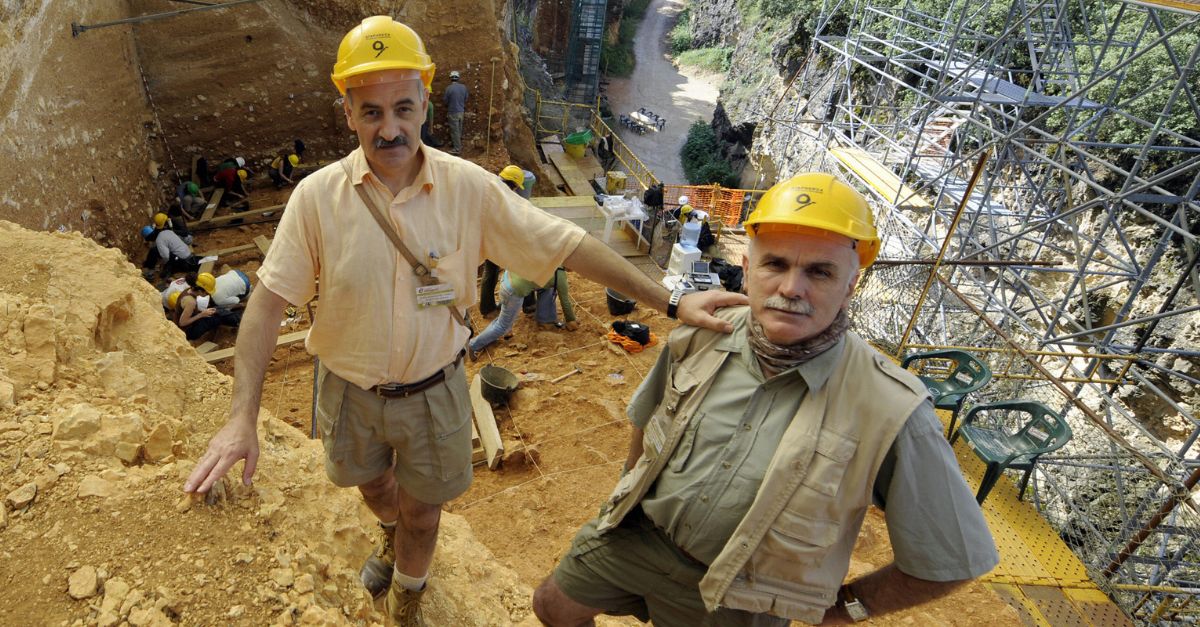When Brake Lights Become a Lifestyle
There are few things more universal than the shared misery of being stuck behind a never-ending line of taillights. Whether it’s that soul-crushing crawl on the morning commute or the standstill that makes you miss your exit (and your will to live), traffic is the great equalizer. But some cities take gridlock to Olympic levels—where every merge is a gamble, and every honk is a cry for help.
21. Providence, Rhode Island
Rhode Island may be small, but its traffic jams pack a punch. Drivers in Providence lose about 42 hours a year to congestion, mostly thanks to I-95 slicing right through the city. It’s the kind of gridlock that makes you question why you didn’t just walk instead.
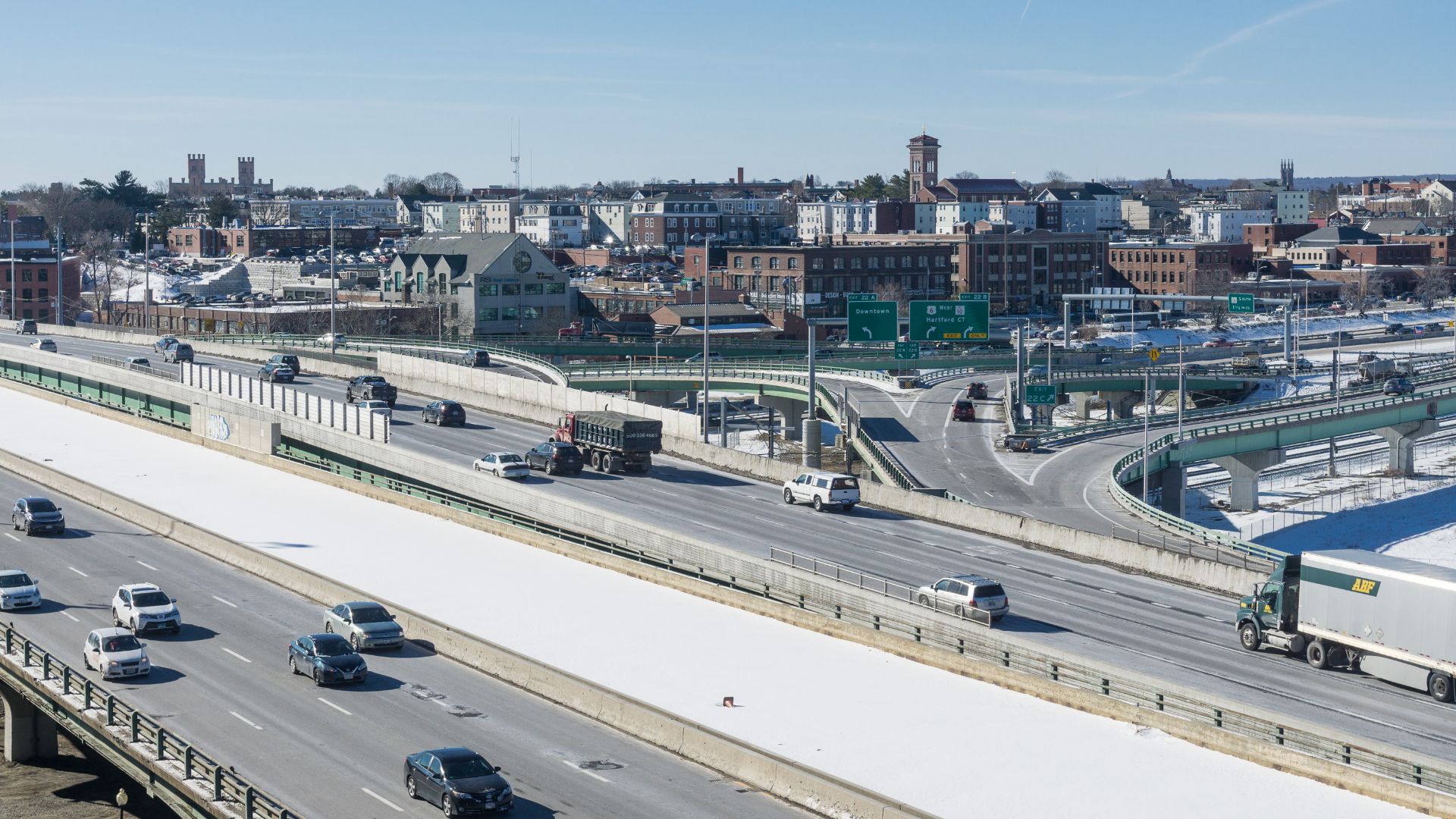 Kenneth C. Zirkel, Wikimedia Commons
Kenneth C. Zirkel, Wikimedia Commons
20. Minneapolis, Minnesota
Even the nicest drivers in the Midwest lose their cool here. Between the Twin Cities’ booming population and snow-clogged winter commutes, traffic in Minneapolis can stretch patience thinner than a layer of ice on the Mississippi. Annually, drivers face over 26 hours of pure bumper-to-bumper bonding time.
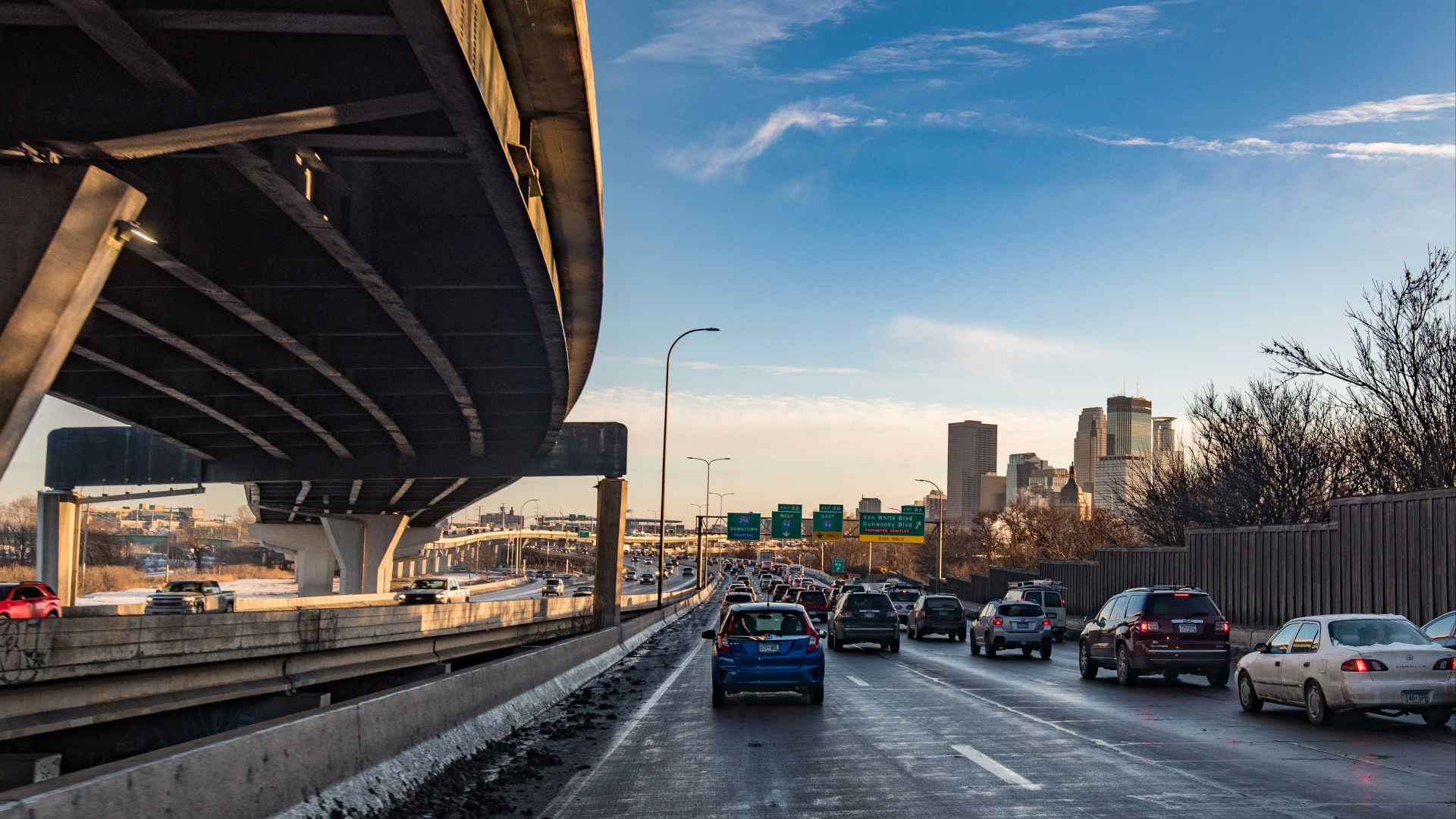 Tony Webster from Minneapolis, Minnesota, United States, Wikimedia Commons
Tony Webster from Minneapolis, Minnesota, United States, Wikimedia Commons
19. Sacramento, California
California’s capital knows how to govern—but not how to move. Political sessions and the steady hum of state employees create weekday chaos. On average, drivers endure over four hours of daily congestion, enough to make anyone dream of teleportation.
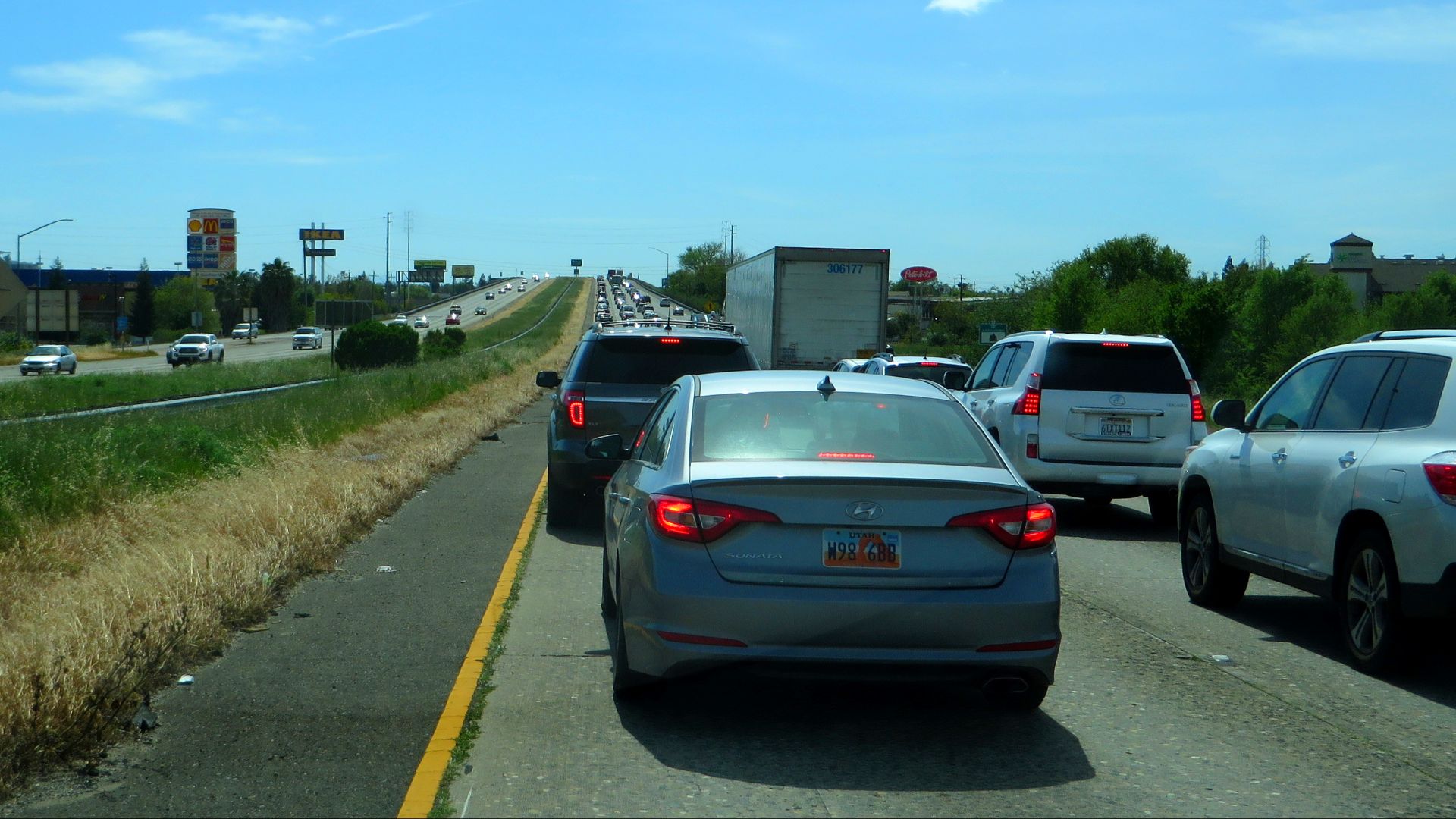 Ken Lund from Reno, Nevada, USA, Wikimedia Commons
Ken Lund from Reno, Nevada, USA, Wikimedia Commons
18. San Diego, California
Sunshine doesn’t make traffic better—San Diegans can tell you that. Between beachgoers, commuters, and cross-border travel, cars crawl through freeways like sea turtles crossing the sand. The average driver loses 54 hours a year just sitting still under that perfect sky.
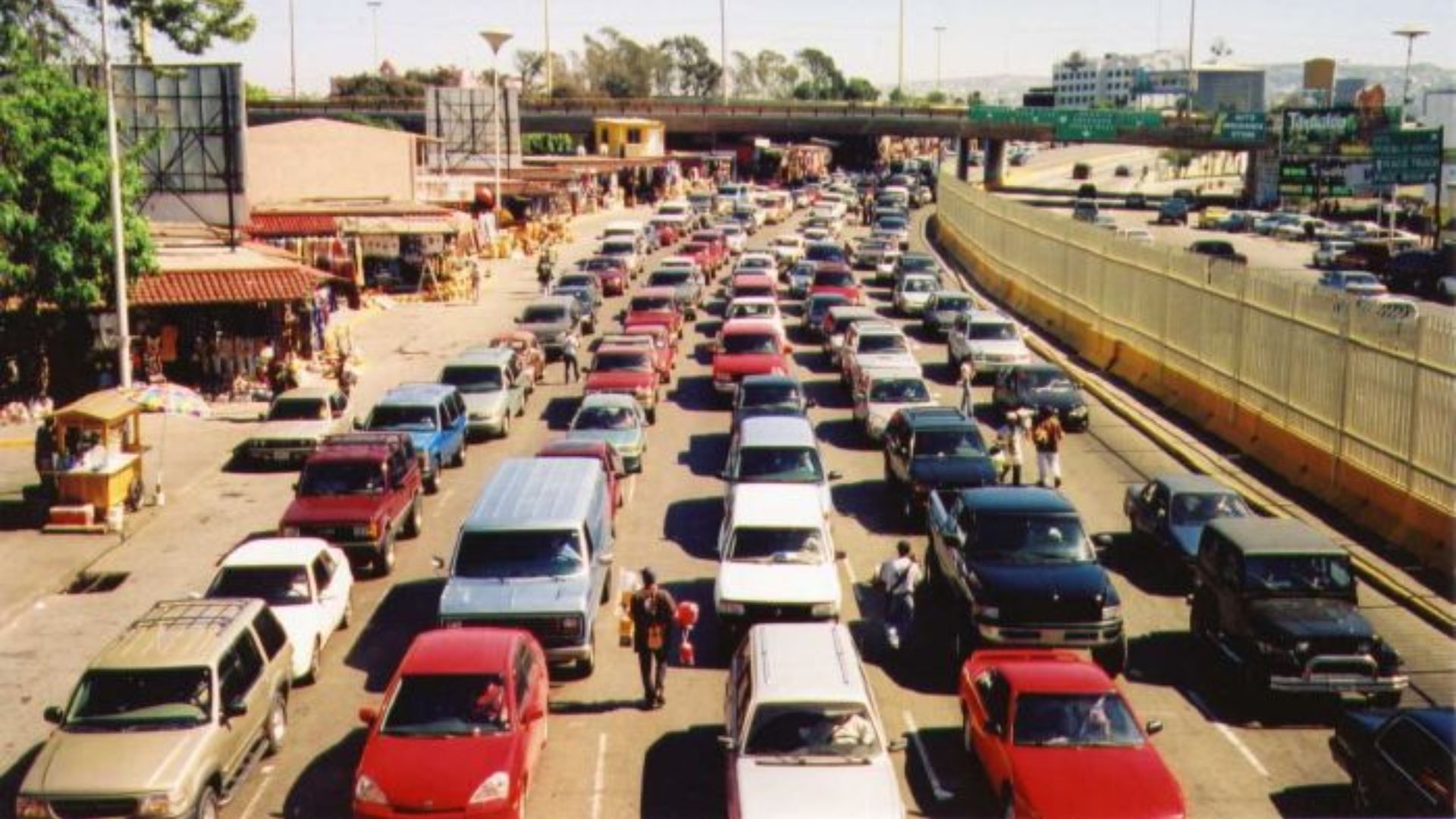 Cooljuno411 at English Wikipedia, Wikimedia Commons
Cooljuno411 at English Wikipedia, Wikimedia Commons
17. Austin, Texas
The live music is legendary, the tacos are perfect, and the traffic is atrocious. Austin’s tech boom has brought more cars than its roads can handle. With an average 53 hours of annual delay, even locals joke that the only thing moving fast here is rent.
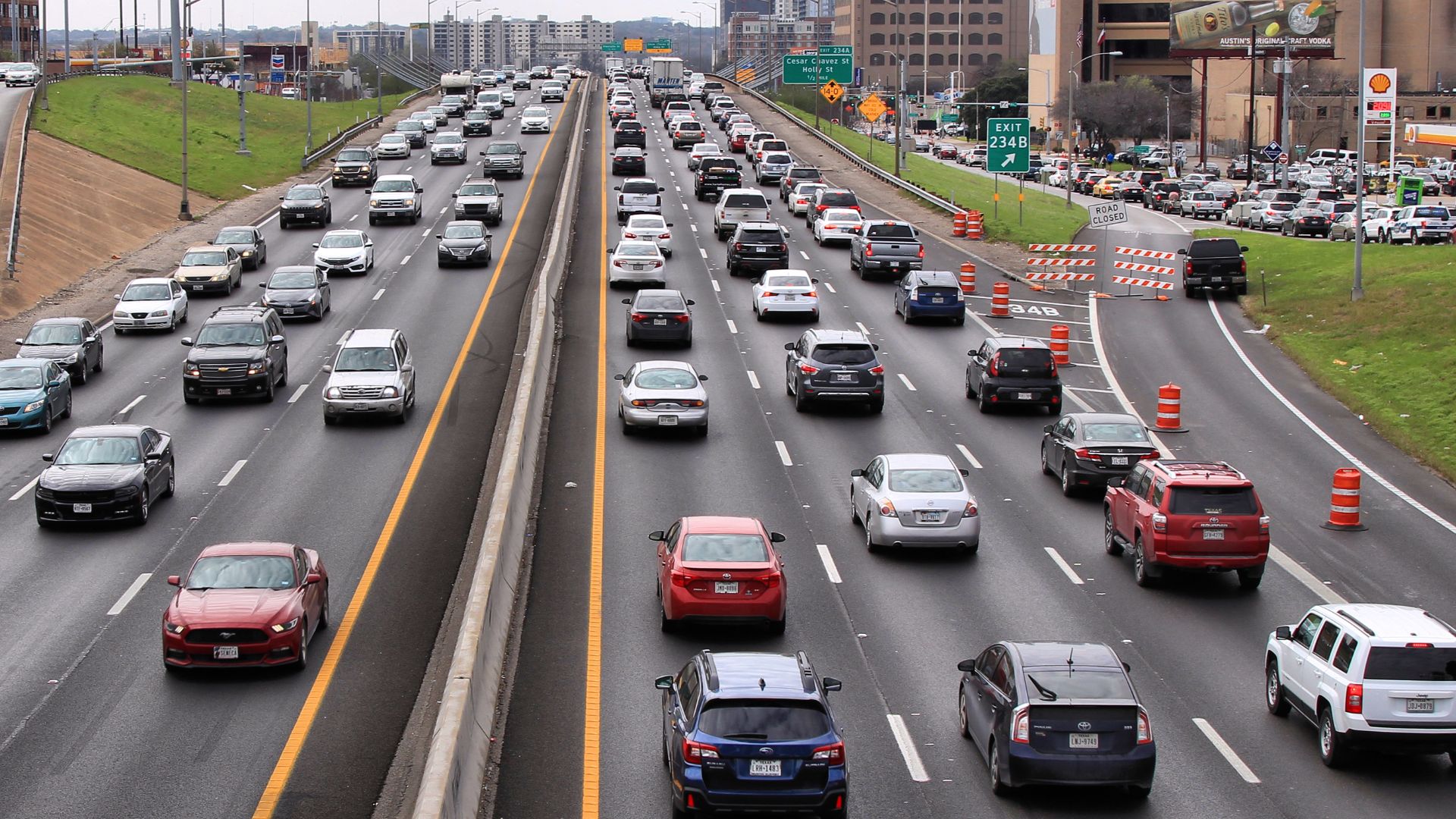 Larry D. Moore, Wikimedia Commons
Larry D. Moore, Wikimedia Commons
16. Dallas, Texas
Big city, big trucks, big delays. Dallas’ sprawling layout means everyone drives everywhere—and often at the same time. Average speeds drop to 40 km/h during peak hours, and drivers lose nearly 56 hours a year watching the skyline inch by.
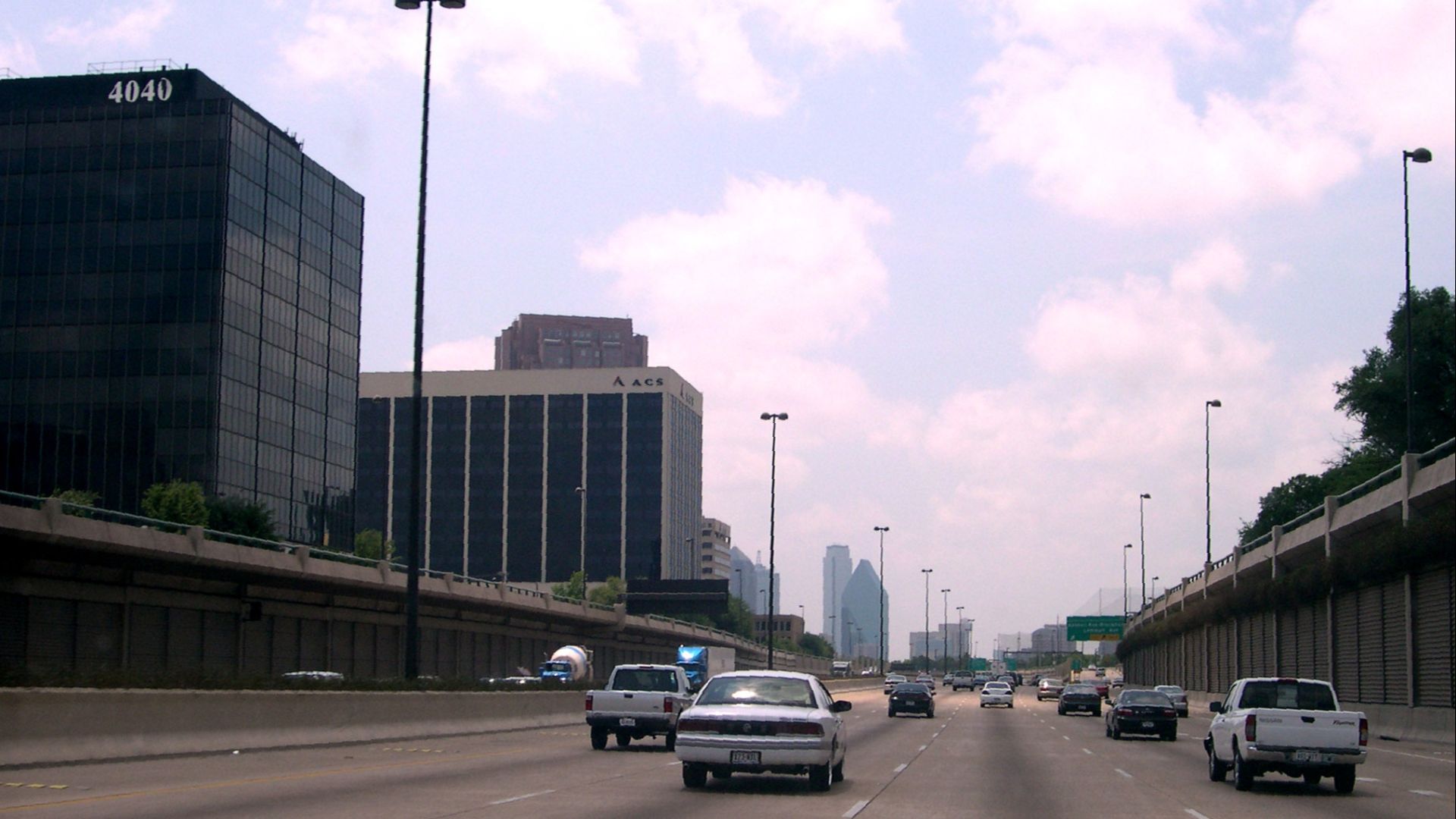 Ansem27 at English Wikipedia, Wikimedia Commons
Ansem27 at English Wikipedia, Wikimedia Commons
15. New Orleans, Louisiana
Mardi Gras traffic is one thing—but this city’s congestion lasts all year. With narrow streets, frequent festivals, and the occasional parade, driving in New Orleans is less about movement and more about endurance. During rush hour, speeds dip to 38 km/h, and the music of honking horns fills the air.
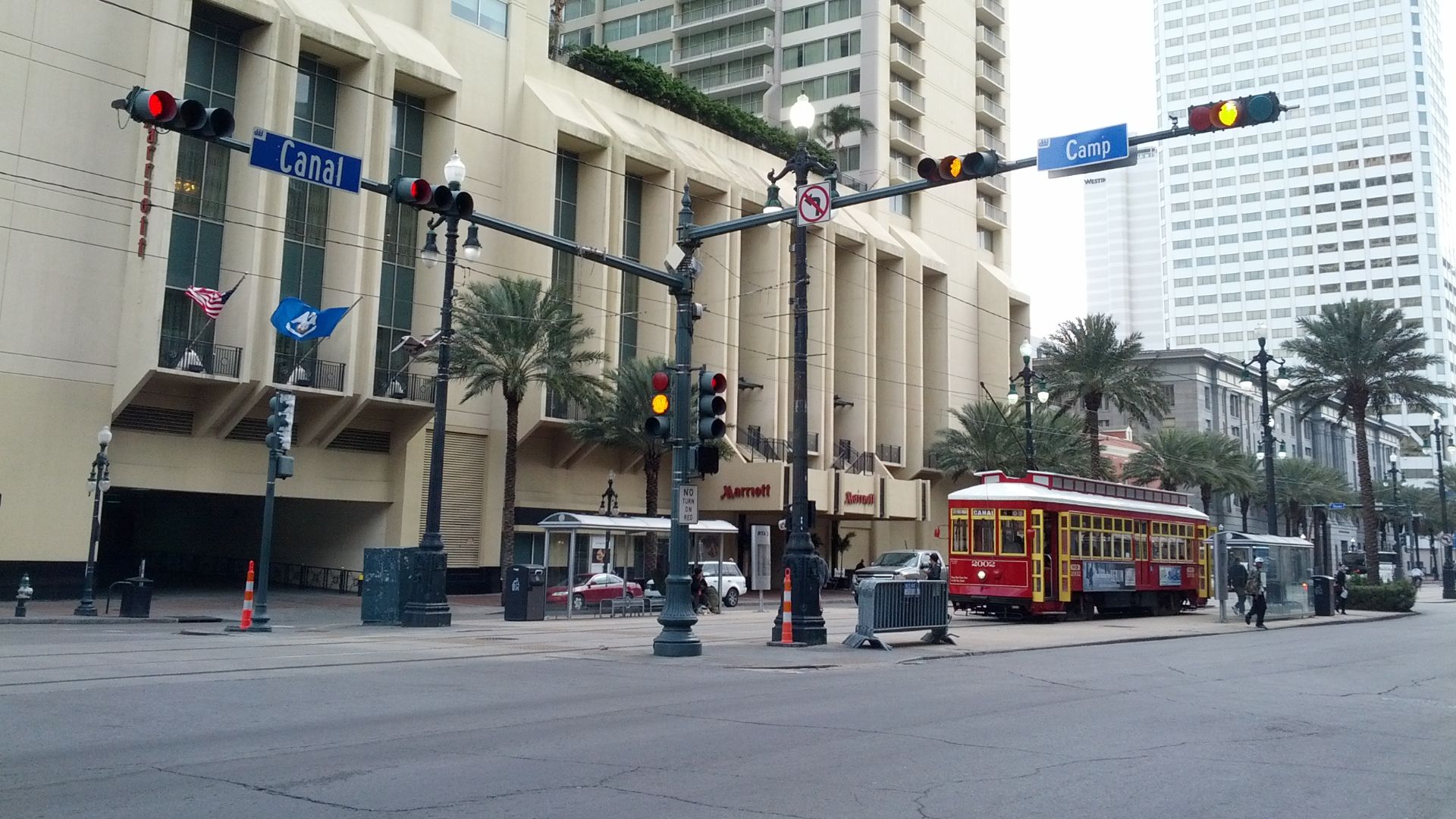 Erica _ Fischer, Wikimedia Commons
Erica _ Fischer, Wikimedia Commons
14. Atlanta, Georgia
Atlanta’s I-285 loop is infamous for trapping commuters in a slow-motion NASCAR race. With over four hours of daily congestion and average travel times creeping past 12 minutes per 10 km, Atlanta’s gridlock is as much a part of its culture as peaches and sweet tea.
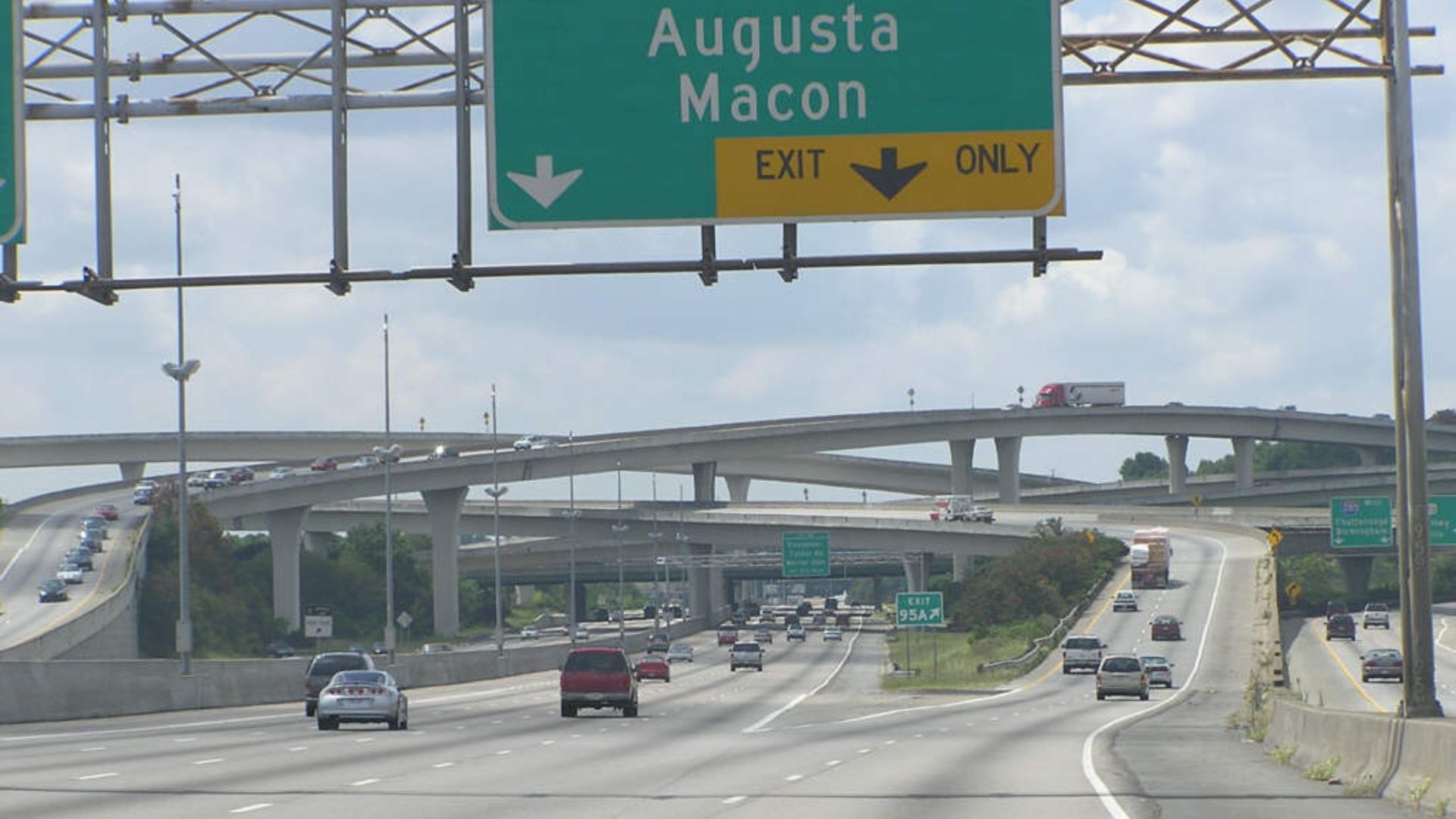 Elaine Chambers. Richardelainechambers at en.wikipedia, Wikimedia Commons
Elaine Chambers. Richardelainechambers at en.wikipedia, Wikimedia Commons
13. Portland, Oregon
It’s not all bikes and lattes in Portland—this city’s traffic can test even the most zen driver. With 72 hours of annual delay and over six hours of peak congestion daily, locals have learned that patience is a renewable resource—unlike their gas.
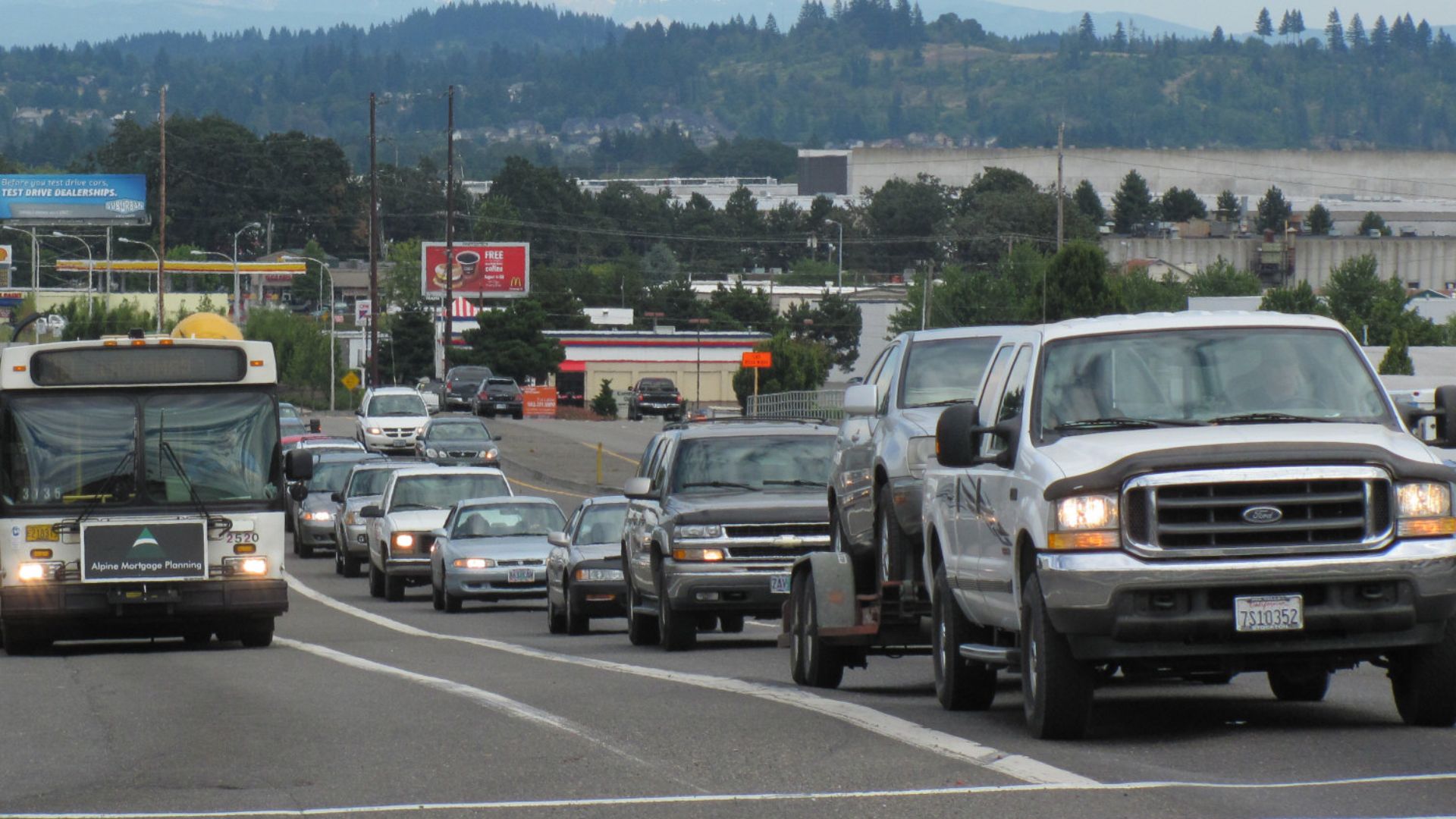 Robert Ashworth from Bellingham, WA., USA, Wikimedia Commons
Robert Ashworth from Bellingham, WA., USA, Wikimedia Commons
12. Denver, Colorado
When it’s ski season, forget it. Denver’s highways turn into parking lots as everyone rushes for the Rockies. The average travel time sits around 14 minutes per 10 km, with congestion stretching for more than six hours daily. At least the mountain views are nice.
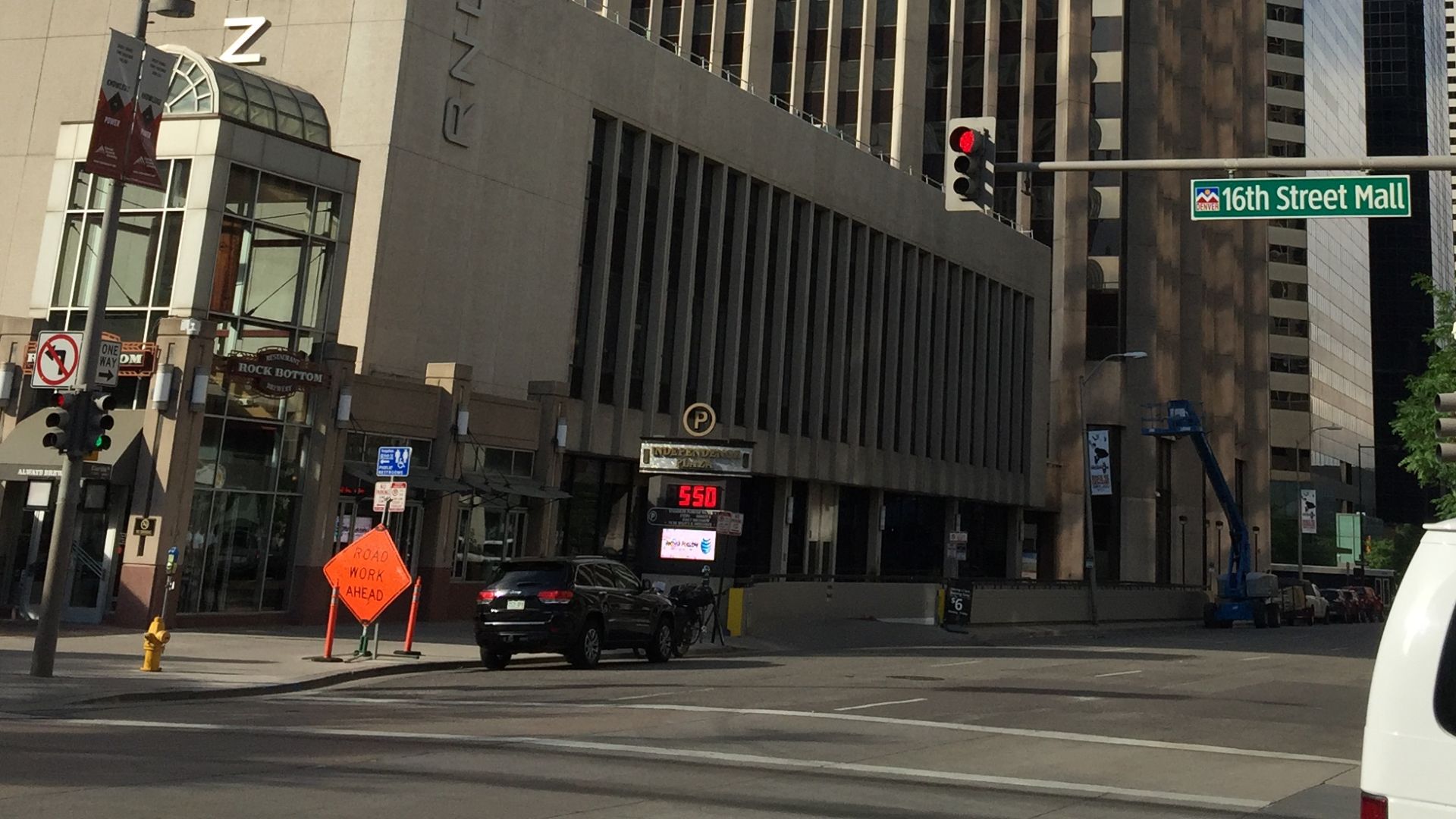 Mangosapiens, Wikimedia Commons
Mangosapiens, Wikimedia Commons
11. Houston, Texas
Houston is big enough to have its own gravitational pull—and its traffic proves it. Between oil industry commuters and endless suburbs, the city racks up nearly 170,000 annual hours of delay. Locals say “everything’s bigger in Texas,” but no one meant the traffic jams.
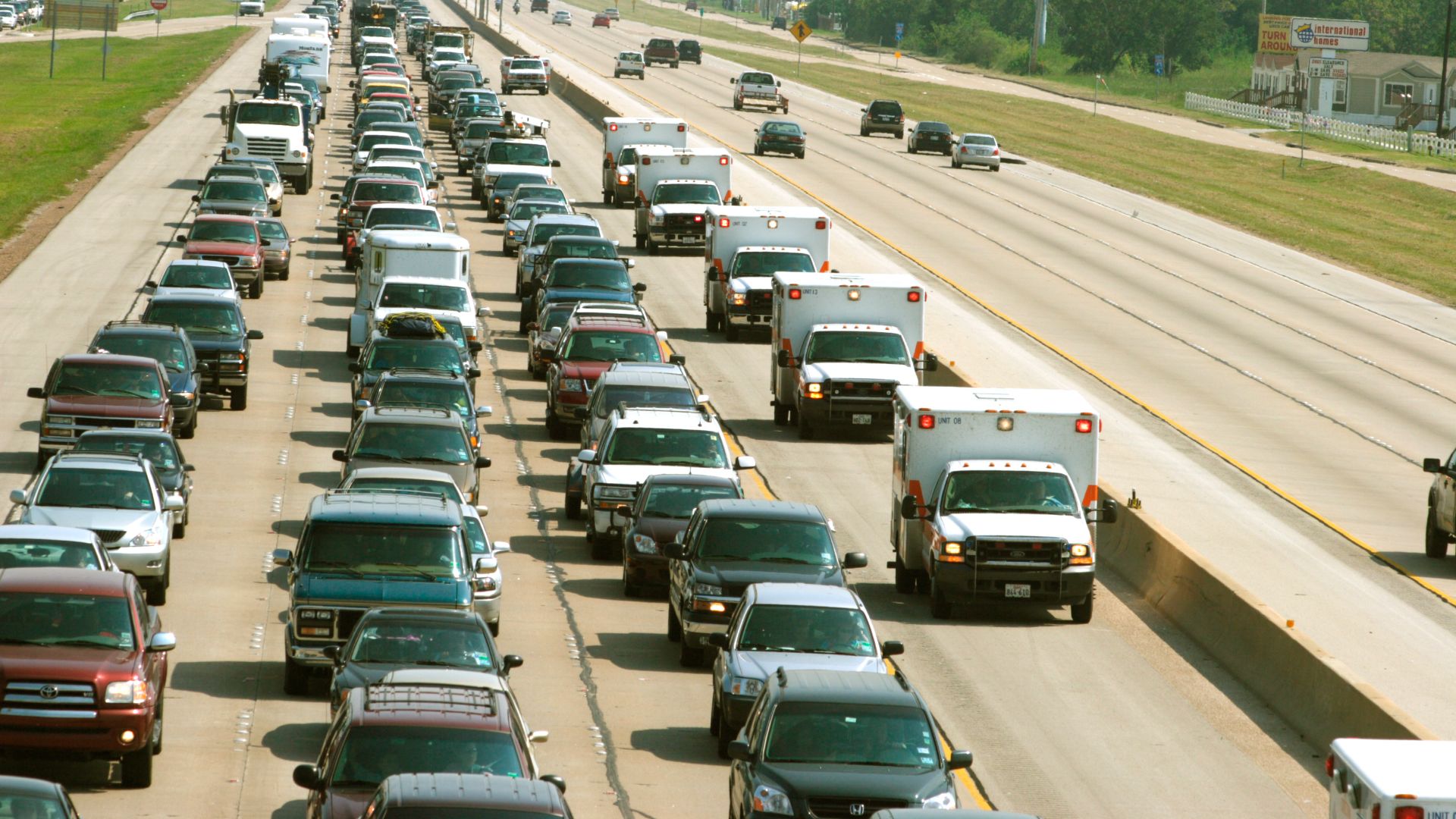 Ed Edahl / FEMA, Wikimedia Commons
Ed Edahl / FEMA, Wikimedia Commons
10. Baltimore, Maryland
Charm City has plenty of heart—but not enough highway space. Baltimore ranks sixth on the TomTom Traffic Index, with drivers spending 17 minutes to go just 10 kilometers. The city’s dense layout and proximity to D.C. make every commute feel like a strategic puzzle you can’t win.
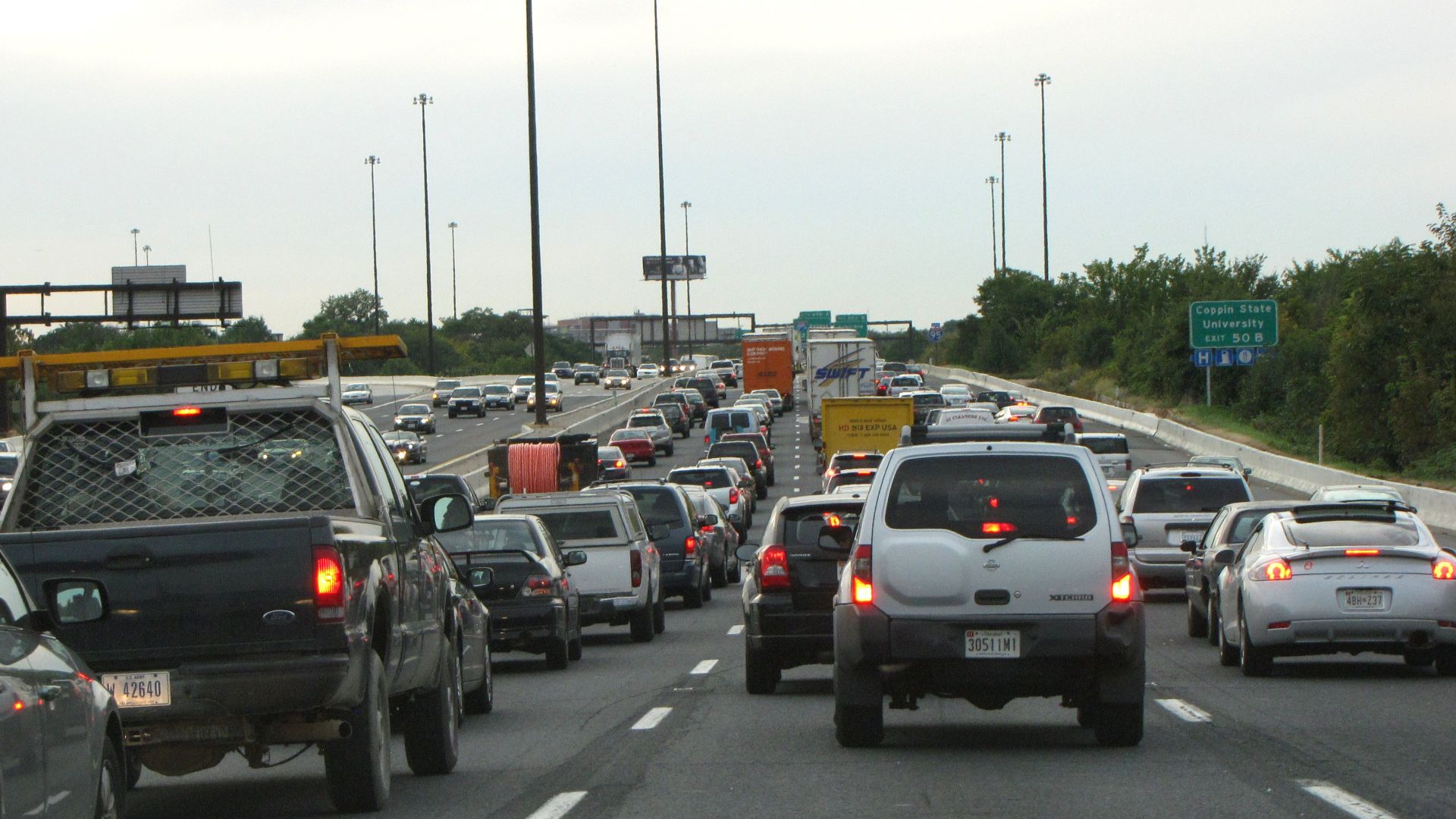 Ben Schumin, Wikimedia Commons
Ben Schumin, Wikimedia Commons
9. Philadelphia, Pennsylvania
Brotherly love evaporates fast on I-76. Philly drivers lose a jaw-dropping 144 hours a year in traffic, crawling 10 km in over 15 minutes. At this rate, you could run up the “Rocky Steps” ten times before your car even reaches the next light.
8. Seattle, Washington
Rain, bridges, and rush hour—a triple threat. Seattle’s commuters face nearly seven hours of daily congestion, especially when the clouds roll in. Even coffee can’t fix the frustration of inching across the I-5 while your GPS quietly mocks you.
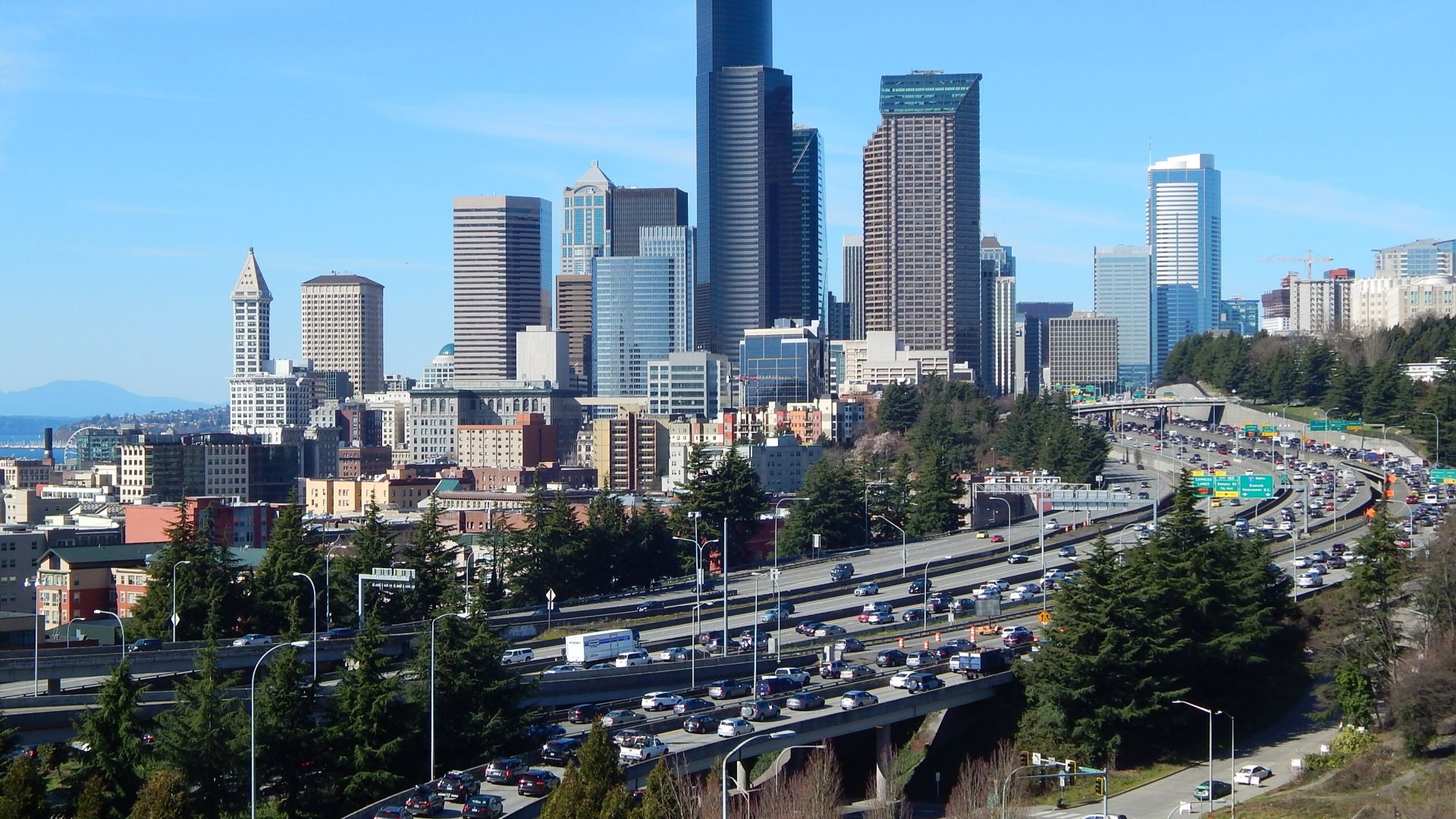 Ron Clausen, Wikimedia Commons
Ron Clausen, Wikimedia Commons
7. Miami, Florida
It’s paradise until you hit the highway. Miami’s sun-soaked streets clog with tourists, beach traffic, and a healthy dose of chaos. The average driver loses over 100 hours a year to congestion, though at least the scenery’s good enough to distract you from the suffering.
6. Los Angeles, California
The legend of gridlock lives here. Los Angeles is practically a moving museum of car culture—and nowhere moves slower. With nearly eight hours of congestion daily and infamous bottlenecks like the I-405, even angels lose their patience in the City of Traffic.
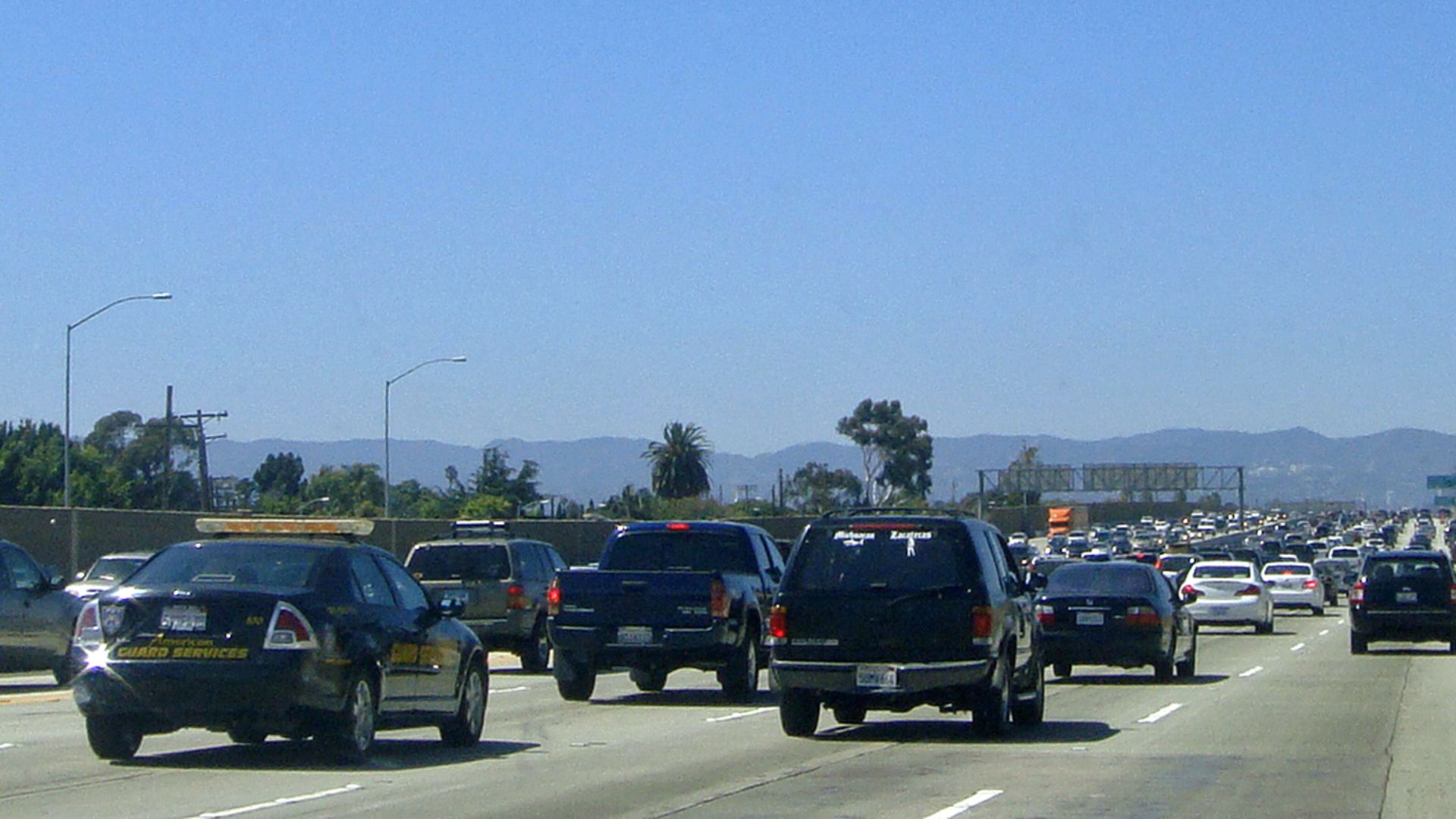 Mariordo (Mario Roberto Duran Ortiz), Wikimedia Commons
Mariordo (Mario Roberto Duran Ortiz), Wikimedia Commons
5. Boston, Massachusetts
Historic? Yes. Efficient? Not even close. Boston’s maze-like streets make driving feel like a scavenger hunt for your sanity. It ranks second in the U.S. for traffic delays—134 hours a year lost to congestion. But hey, that’s plenty of time to perfect your “pahk the cah” accent.
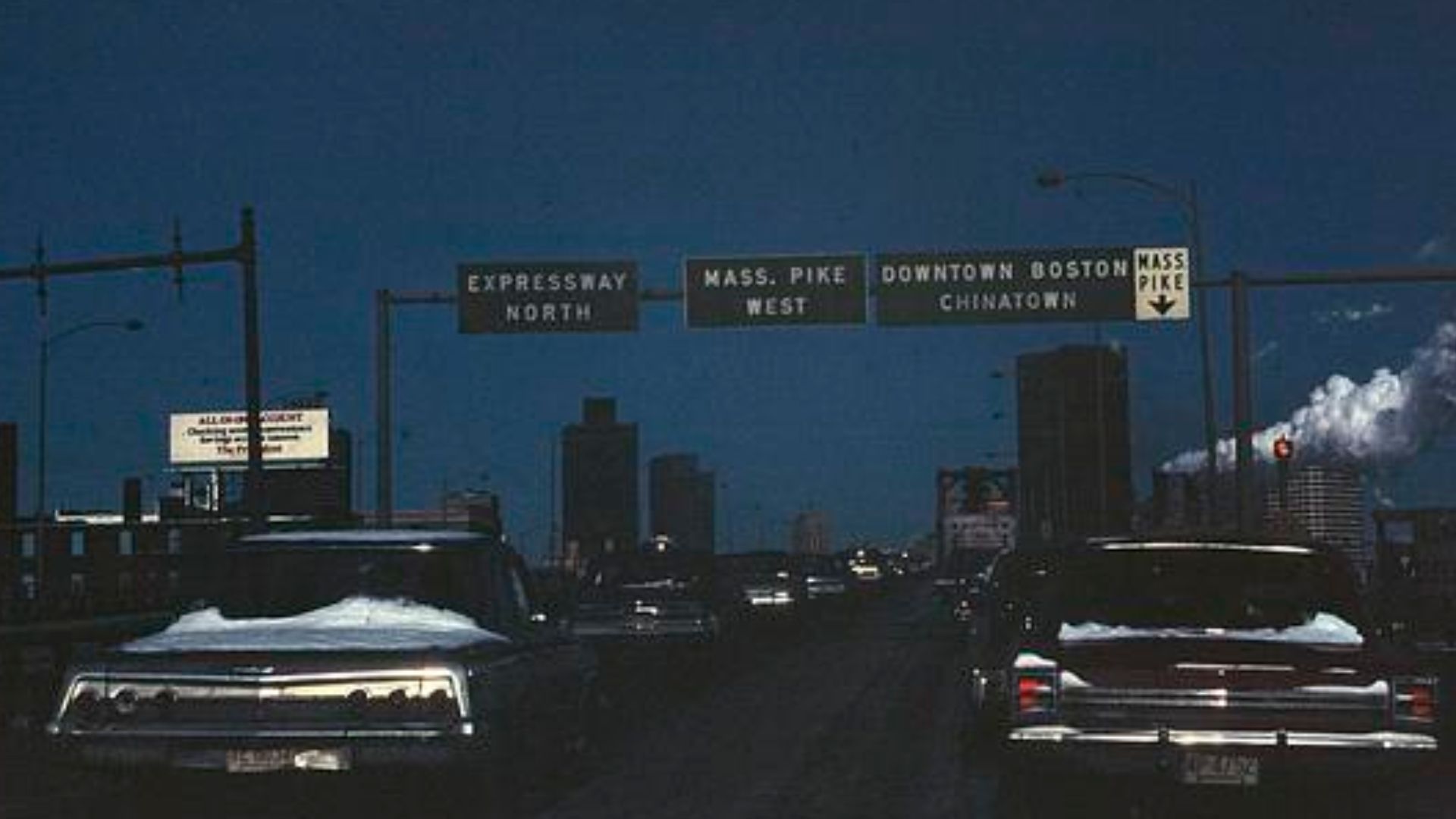 Halberstadt, Ernst, 1910-1987, Wikimedia Commons
Halberstadt, Ernst, 1910-1987, Wikimedia Commons
4. San Francisco, California
Fog isn’t the only thing that hangs over the Bay Area. With average commutes clocking in at 20 minutes per 10 km, traffic snakes across the Golden Gate and through downtown like it’s stuck on repeat. Locals might joke about their city being “on the move,” but it’s mostly sarcasm.
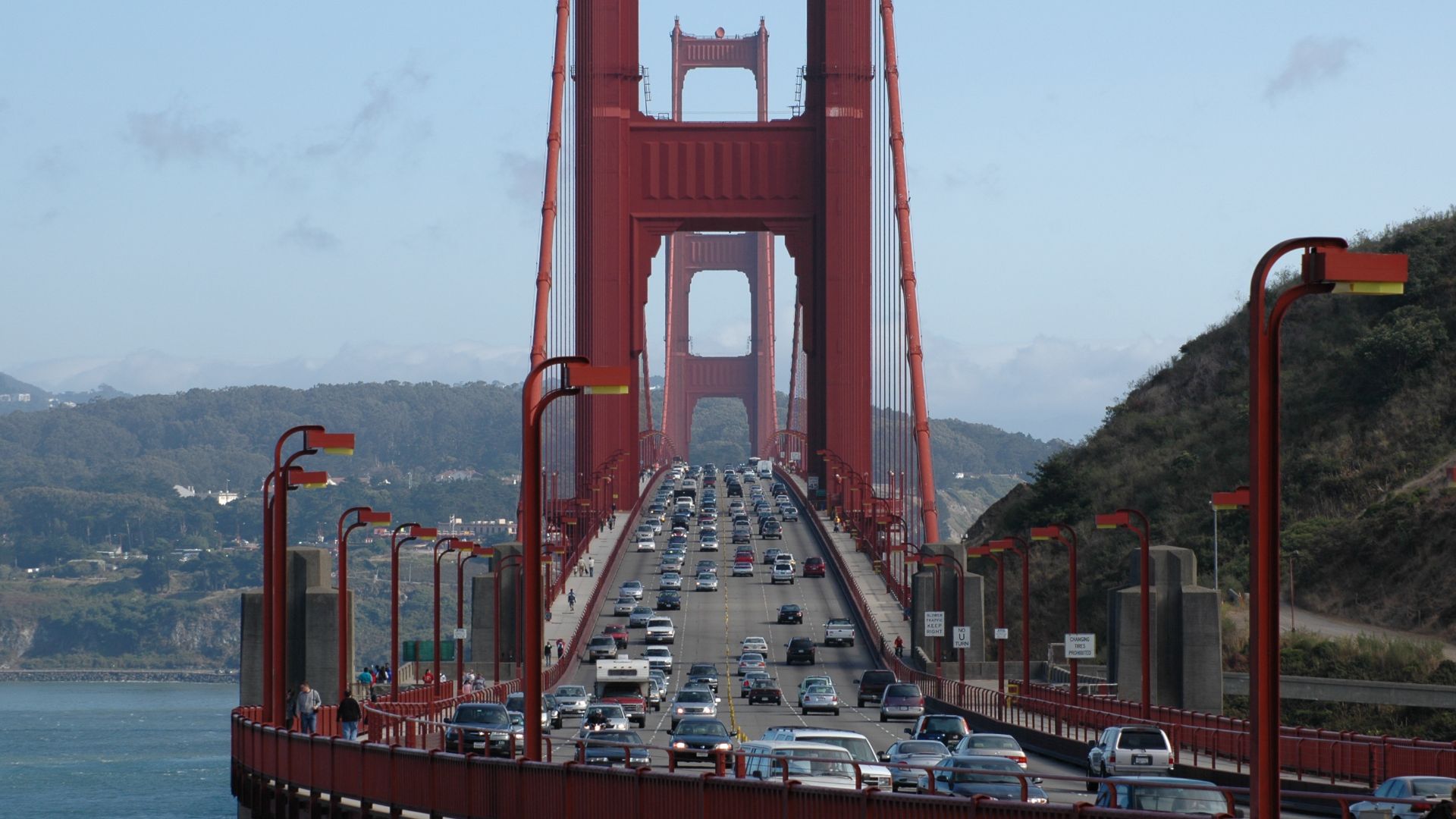 Hzeller~commonswiki, Wikimedia Commons
Hzeller~commonswiki, Wikimedia Commons
3. Washington, D.C.
Gridlock is practically a policy issue here. Between government commuters, tourists, and security roadblocks, D.C. traffic is an endurance test. A 10 km drive takes over 20 minutes—especially when Congress is in session and every route suddenly feels classified.
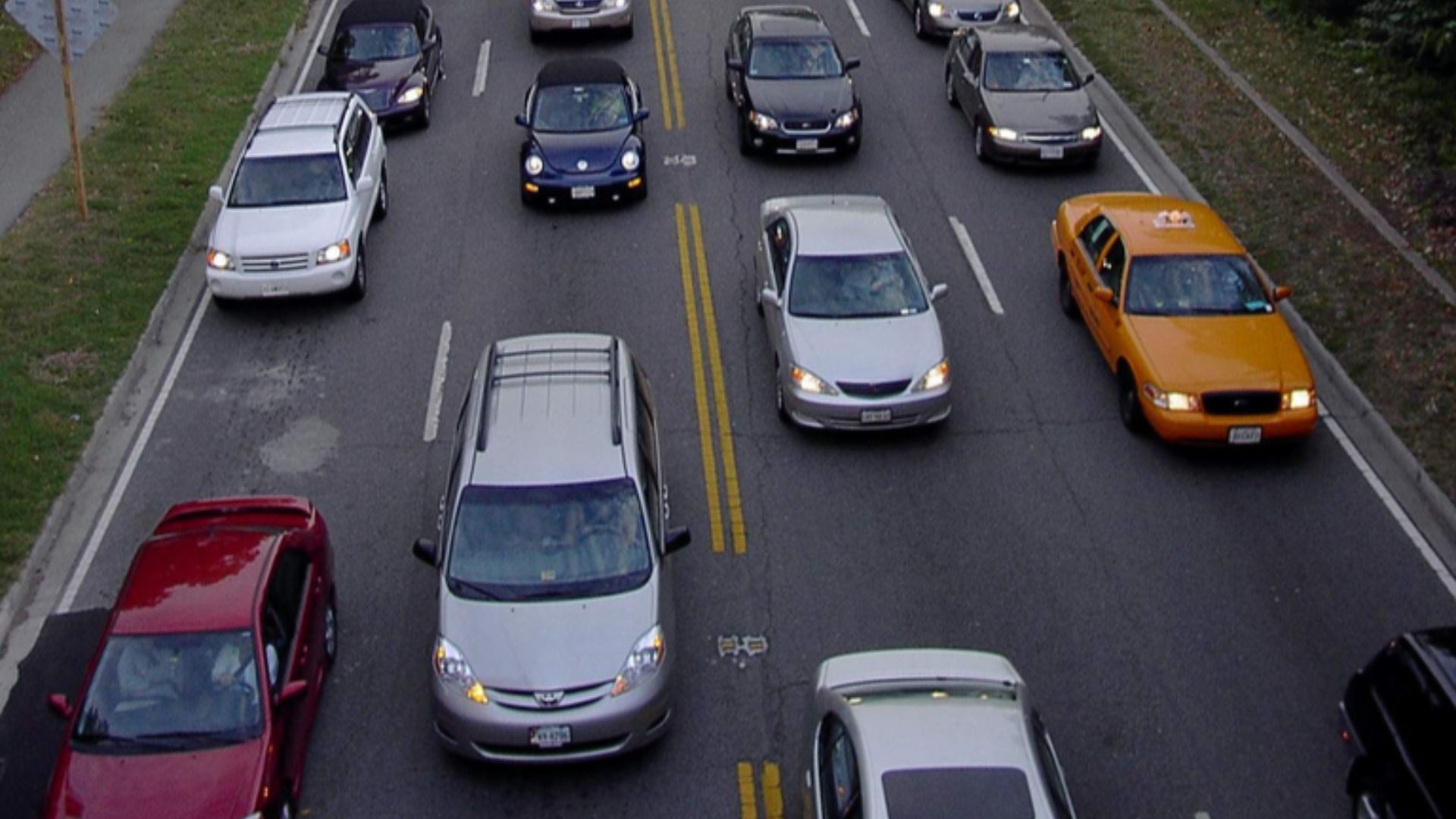 haddensavix, Wikimedia Commons
haddensavix, Wikimedia Commons
2. Chicago, Illinois
Welcome to America’s time sink. Chicago drivers lose a staggering 155 hours a year in delays—second only to London globally. Between the Loop, the Dan Ryan Expressway, and snow that turns lanes into chaos, Chicago proves the Windy City doesn’t just blow—it crawls.
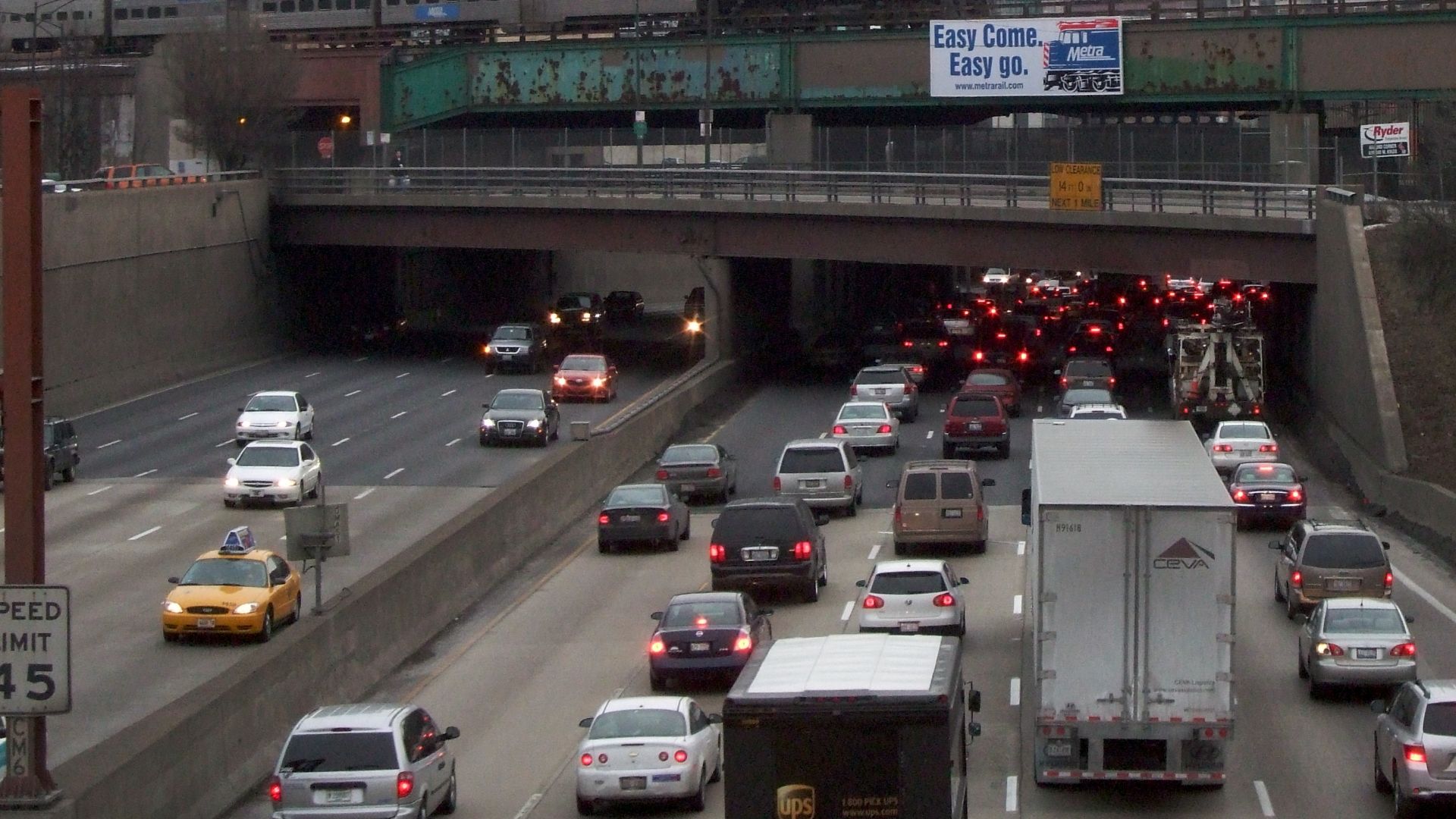 Steven Vance from Chicago, United States, Wikimedia Commons
Steven Vance from Chicago, United States, Wikimedia Commons
1. New York City, New York
If traffic were an art form, New York would be its Picasso. With over 8 million people and an average speed of just 20 km/h during rush hour, the city’s congestion is legendary. A 10 km trip takes nearly 25 minutes—long enough to question every decision that led you behind the wheel. Still, for New Yorkers, it’s all part of the rhythm of the city that never sleeps…or moves.
You May Also Like:
Ranking The Most Dangerous Cities In The World—According To Crime Indexes
Modern RV Designs So Cool, You’ll Want To Move In For Good


